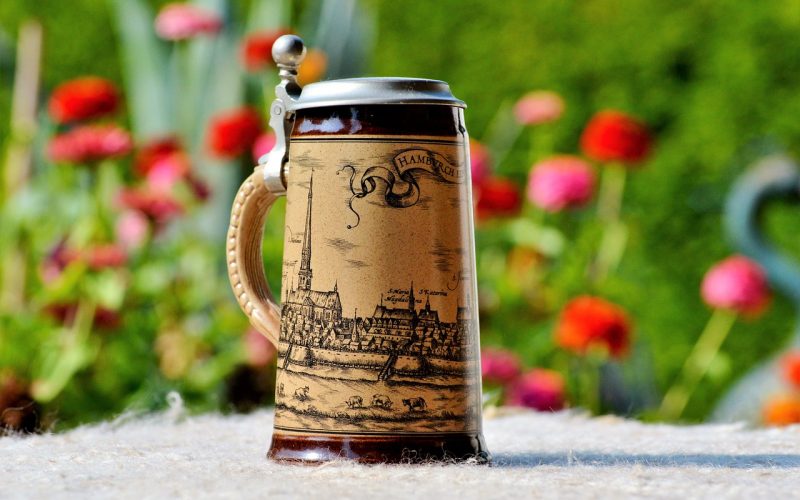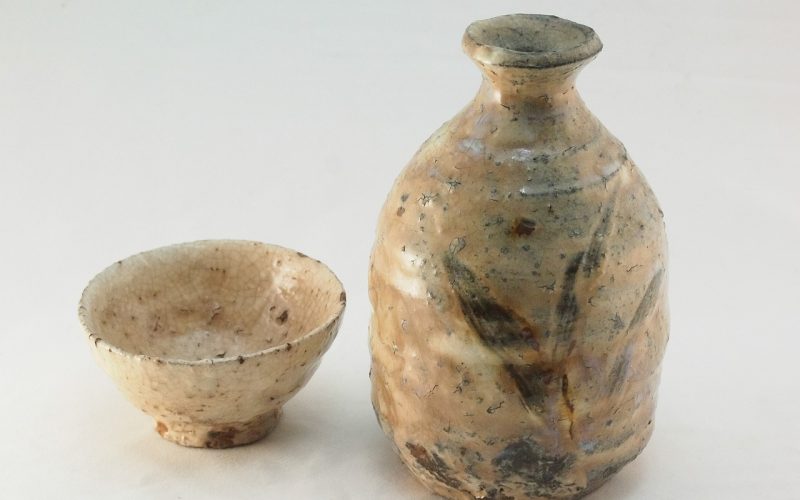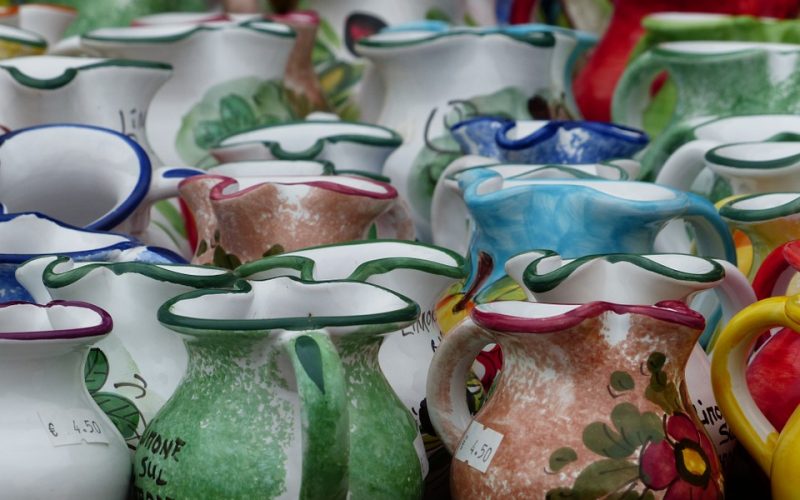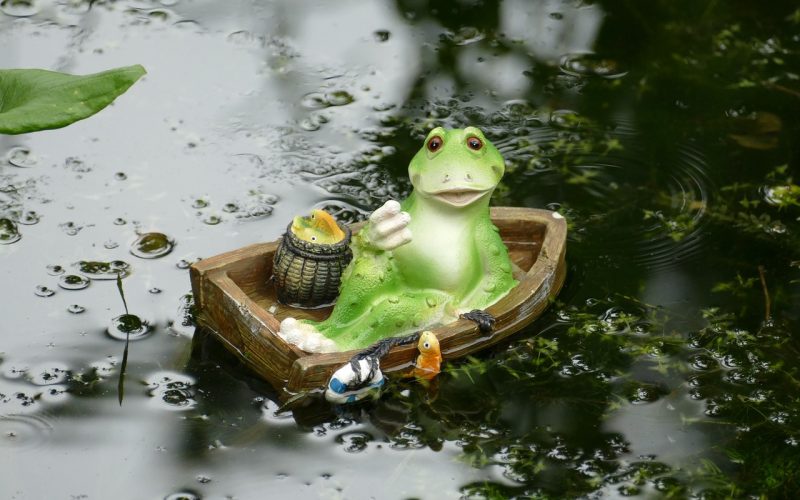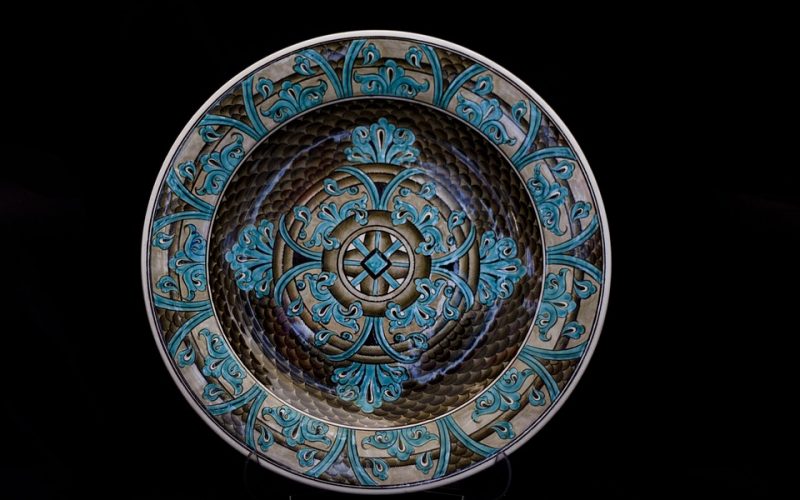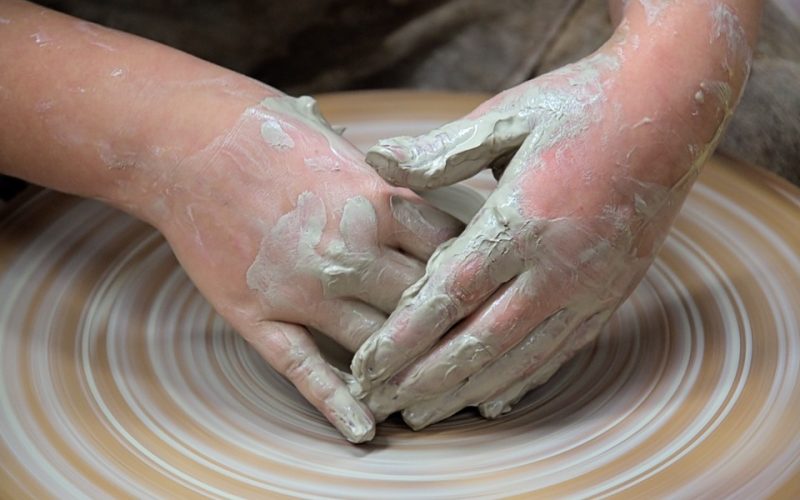History And Popularity Of Toby Jugs
Toby jugs have long captured the imagination of collectors and history enthusiasts alike. These distinctive ceramic jugs, characterized by their whimsical depictions of human figures, have roots deep in British cultural history. From their origins in the 18th century to their enduring appeal today, Toby jugs offer a unique glimpse into the art and customs of bygone eras.
The origins of Toby jugs
Toby jugs first emerged in England during the mid-18th century, with the earliest known examples dating back to the 1760s. Named after the character Toby Fillpot, a jovial drinker immortalized in the 1761 song "The Brown Jug," these vessels were designed to resemble a seated person. Traditionally, they depicted a rotund man dressed in 18th-century garb, often holding a mug of ale. The figures were intended to capture the spirit of the times, reflecting the celebratory culture of taverns and public houses.
The evolution of design
Over time, the design of Toby jugs evolved, with artisans experimenting with different styles and subject matter. While the original Tobies depicted a standard figure, later iterations featured characters from literature, politics, and everyday life. This evolution mirrored changes in society, as well as advancements in ceramic production techniques. By the 19th century, Toby jugs had become a popular decorative item, not only in Britain but also in Europe and America. Renowned potteries, such as Staffordshire and Royal Doulton, played a significant role in popularising these collectibles, producing them in a wide range of designs and sizes.
A symbol of British culture
Toby jugs became a quintessential symbol of British culture, often associated with the conviviality of the pub and the warmth of home gatherings. Their playful and sometimes satirical depictions provided commentary on social norms and values, endearing them to collectors and enthusiasts. Beyond their aesthetic appeal, Toby jugs served a practical purpose, as they were often used to serve ale or other beverages. The combination of functionality and artistry contributed to their widespread popularity, with many households proudly displaying them as a testament to British craftsmanship.
The decline and revival
The popularity of Toby jugs experienced a decline in the mid-20th century, as modern design aesthetics and changing consumer preferences led to a shift away from traditional ceramics. However, the resurgence of interest in vintage and retro items in recent decades has sparked a renewed appreciation for Toby jugs. Collectors and antique enthusiasts have rekindled their love for these unique pieces, driving demand in auctions and antique markets. This revival has prompted contemporary artists and potteries to create new interpretations, blending traditional techniques with modern influences.
Collecting Toby jugs
Collecting Toby jugs has become a captivating hobby for enthusiasts worldwide. Many collectors are drawn to the diversity of designs, as well as the story each jug tells. The rarity and condition of the pieces greatly influence their value, with older and well-preserved jugs fetching high prices. Serious collectors often seek out specific themes or manufacturers, resulting in extensive and carefully curated collections. Beyond the aesthetic appeal, owning Toby jugs allows collectors to connect with history and cultural heritage, transforming their collections into tangible windows to the past.
The enduring appeal
Today, Toby jugs continue to capture the hearts of collectors, historians, and art lovers. Their whimsical and sometimes humorous designs serve as a reminder of the vibrant social scenes of past centuries. Whether displayed in a cabinet, showcased at exhibitions, or cherished as heirlooms, Toby jugs remain a cherished part of our cultural heritage. Their enduring appeal lies in their ability to transcend time, offering a bridge between generations and a glimpse into the evolving art of pottery.
Toby jugs are more than mere ceramic vessels; they are artefacts that encapsulate the spirit of their time. From their humble beginnings in 18th-century taverns to their resurgence in today's collector's market, Toby jugs continue to inspire and delight. Their enduring popularity speaks to the timeless appeal of craftsmanship and storytelling, ensuring that these charming characters will remain a treasured part of our history for years to come.
